Have you ever found yourself in a walking boot after a foot or ankle injury? It’s not the most comfortable thing in the world, but it’s essential for proper recovery. However, wearing a walking boot for a long time can cause a whole new set of problems like stiffness, swelling, muscle weakness, and pain. So, when it’s time to transition back to normal shoes, you want to make sure you do it carefully and gradually. But how do you choose the best shoes after a walking boot? What factors should you consider? What types of shoes should you avoid? We’re here to answer all your questions and provide you with a comprehensive guide on how to choose the best shoes for your foot health and comfort. Plus, we’ll give you some tips on how to transition smoothly and safely from walking boot to normal shoes. Get ready to step into a pain-free future! 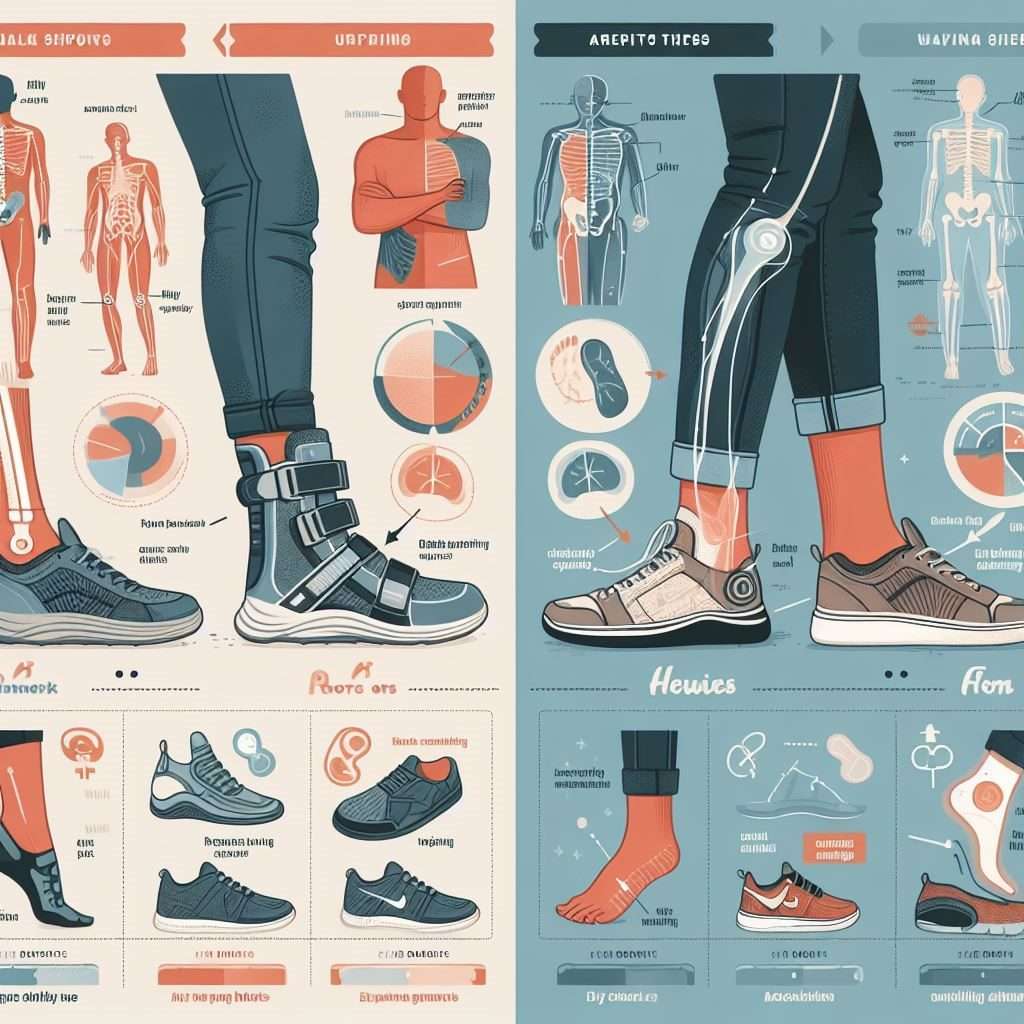
Table of Contents
ToggleWhy is it important to wear the right shoes after walking boot?
Wearing the right shoes after being in a walking boot is important for a variety of reasons. Firstly, after being in a walking boot for an extended period of time, your foot and ankle may be weaker and less flexible than usual. Wearing the right shoes will provide the necessary support and stability to prevent re-injury and promote further healing. Secondly, if you’ve been wearing the same pair of shoes for a long time, they may no longer fit properly due to changes in your foot size or shape. Wearing ill-fitting shoes can increase the risk of injury and cause various foot problems. Lastly, wearing the right shoes after walking boot can improve your comfort and confidence, making you feel more comfortable walking, standing, and doing your daily activities in shoes that fit well and suit your style.
What factors should you consider when choosing the best shoes after walking boot?
When choosing the best shoes after walking boot, there are several factors to consider. Firstly, consider the type of activity you will be doing in the shoes. Will you be using them for everyday wear or for athletic activities? Depending on your needs, you may want to look for different types of shoes such as casual shoes, sneakers, sandals, or boots. Secondly, consider the shape of your foot. Do you have a high arch or flat feet? Do you have any foot conditions such as bunions, hammertoes, or plantar fasciitis? This will affect the type of shoes that will provide the most support and comfort for your foot. You may want to look for shoes that have a good arch support, a wide toe box, a cushioned sole, or a removable insole. Lastly, consider the fit of the shoes. The shoes should fit snugly but not too tightly. They should have enough room for your toes to wiggle and your heel to move slightly. They should also be easy to put on and take off, especially if you have limited mobility or pain in your foot or ankle. It’s recommended to try on the shoes with the socks that you will be wearing and walk around in them for a few minutes to see how they feel.
What types of shoes should you avoid after walking boot?
There are some types of shoes that you should avoid after walking boot, as they can cause more harm than good. These include high heels, flip flops, and old or worn-out shoes. High heels can put a lot of pressure on your forefoot and toes, as well as cause your ankle to wobble and lose balance. Flip flops offer no support or stability and can cause your toes to grip and curl, which can strain your muscles and tendons. Old or worn-out shoes can lose their shape, cushioning, and traction, and can also harbor bacteria and fungi, which can cause infections and odors.
What are the Best Shoes After Walking Boot?
Are you looking for the best shoes to wear after a walking boot? If so, you might be wondering which shoes are the most comfortable, supportive, and durable. While the answer may vary depending on your preferences and needs, we have put together a list of some of the top shoes for both men and women that you can consider. These shoes have been chosen based on their features, reviews, and ratings. Here are our top picks for the best shoes after a walking boot:
New Balance 990v5:
 This classic sneaker provides comfort, support, and durability. It features a cushioned midsole, a breathable mesh upper, and a rubber outsole. Also, has a wide toe box and a removable insole that can fit orthotics or custom inserts. It’s perfect for walking, running, or casual wear.
This classic sneaker provides comfort, support, and durability. It features a cushioned midsole, a breathable mesh upper, and a rubber outsole. Also, has a wide toe box and a removable insole that can fit orthotics or custom inserts. It’s perfect for walking, running, or casual wear.
Brooks Adrenaline GTS 21:
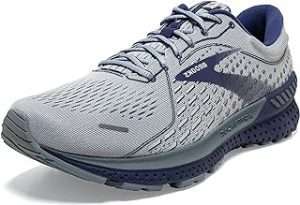 This running shoe offers stability, cushioning, and responsiveness. It has a BioMoGo DNA midsole, a GuideRails support system, and a 3D Fit Print upper. Also, has a spacious toe box and a removable insole that can fit orthotics or custom inserts. It’s great for running, jogging, or walking.
This running shoe offers stability, cushioning, and responsiveness. It has a BioMoGo DNA midsole, a GuideRails support system, and a 3D Fit Print upper. Also, has a spacious toe box and a removable insole that can fit orthotics or custom inserts. It’s great for running, jogging, or walking.
Birkenstock Arizona:
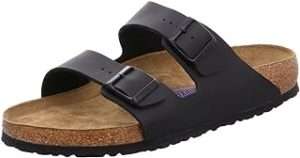 This sandal is comfortable, supportive, and stylish. It has a cork footbed, a suede upper, and a rubber sole. Also, has two adjustable straps that can fit different foot widths and shapes. It’s perfect for summer, indoor, or outdoor wear.
This sandal is comfortable, supportive, and stylish. It has a cork footbed, a suede upper, and a rubber sole. Also, has two adjustable straps that can fit different foot widths and shapes. It’s perfect for summer, indoor, or outdoor wear.
Vionic Tide 2:
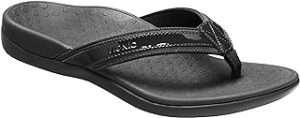 This flip-flop is comfortable, supportive, and stylish. It has a podiatrist-designed footbed, a leather upper, and a rubber sole. Also, has a built-in arch support, a deep heel cup, and a toe post. It’s great for the beach, pool, or casual wear.
This flip-flop is comfortable, supportive, and stylish. It has a podiatrist-designed footbed, a leather upper, and a rubber sole. Also, has a built-in arch support, a deep heel cup, and a toe post. It’s great for the beach, pool, or casual wear.
Best Shoes After Walking Boot for Women
We will be discussing some of the best shoes you can wear after walking boots for women. Our review will cover the features, benefits, and drawbacks of each shoe.
1. Hoka One One Bondi 7:
 The Hoka One One Bondi 7 is a cushioned running shoe that provides both comfort and stability. Its thick midsole is designed to absorb shock and reduce stress on your foot and ankle. Additionally, the shoe has a breathable mesh upper that helps keep your foot cool and dry. It is versatile enough to be used for walking, running, or casual wear. The Hoka One One Bondi 7 has a wide toe box and a removable insole, which can accommodate orthotics or custom inserts. You can find the Hoka One One Bondi 7 in stores or online.
The Hoka One One Bondi 7 is a cushioned running shoe that provides both comfort and stability. Its thick midsole is designed to absorb shock and reduce stress on your foot and ankle. Additionally, the shoe has a breathable mesh upper that helps keep your foot cool and dry. It is versatile enough to be used for walking, running, or casual wear. The Hoka One One Bondi 7 has a wide toe box and a removable insole, which can accommodate orthotics or custom inserts. You can find the Hoka One One Bondi 7 in stores or online.
2. Saucony Omni 19:
The Saucony Omni 19 is a stability running shoe that offers support and durability. Its PWRRUN midsole provides a firm and stable feel, and the TPU heel counter helps prevent your ankle from rolling. This shoe is versatile enough to be used for running, walking, or standing. It has a roomy toe box and a removable insole, which can accommodate orthotics or custom inserts. You can find the Saucony Omni 19 in stores or online.
3. Brooks Ghost 14:
 The Brooks Ghost 14 is a neutral running shoe that delivers a smooth and responsive ride. Its BioMoGo DNA midsole adapts to your stride and cushions your foot, while the GuideRails support system helps keep your foot and ankle aligned. This shoe is ideal for running, jogging, or walking. It has a spacious toe box and a removable insole, which can accommodate orthotics or custom inserts. You can find the Brooks Ghost 14 in stores or online.
The Brooks Ghost 14 is a neutral running shoe that delivers a smooth and responsive ride. Its BioMoGo DNA midsole adapts to your stride and cushions your foot, while the GuideRails support system helps keep your foot and ankle aligned. This shoe is ideal for running, jogging, or walking. It has a spacious toe box and a removable insole, which can accommodate orthotics or custom inserts. You can find the Brooks Ghost 14 in stores or online.
4. Asics Gel-Kayano 29:
The Asics Gel-Kayano 29 is a premium running shoe that delivers exceptional comfort and performance. Its FlyteFoam midsole offers a lightweight and bouncy feel, while the Gel technology cushioning system helps absorb impact and protect your foot and ankle. This shoe is ideal for running, walking, or working out. It has a snug toe box and a removable insole, which can accommodate orthotics or custom inserts. You can find the Asics Gel-Kayano 29 in stores or online.
5. New Balance Fresh Foam X:
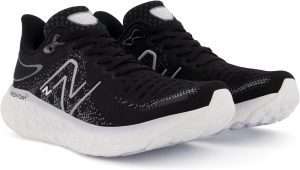 The New Balance Fresh Foam X is a versatile shoe that can handle any type of activity. Its Fresh Foam midsole provides a soft and plush feel, and the Hypoknit upper offers a flexible and breathable fit. This shoe is ideal for walking, running, or training. It has a wide toe box and a removable insole, which can accommodate orthotics or custom inserts. You can find the New Balance Fresh Foam X in stores or online.
The New Balance Fresh Foam X is a versatile shoe that can handle any type of activity. Its Fresh Foam midsole provides a soft and plush feel, and the Hypoknit upper offers a flexible and breathable fit. This shoe is ideal for walking, running, or training. It has a wide toe box and a removable insole, which can accommodate orthotics or custom inserts. You can find the New Balance Fresh Foam X in stores or online.
How to transition from walking boot to normal shoe?
If you’re wondering how to transition from a walking boot to a normal shoe, here are some tips:
Start slowly and gradually:
Don’t rush into wearing normal shoes right away. Begin by wearing them indoors for short periods of time, then gradually increase the duration and frequency as you feel comfortable. You can also alternate between your walking boot and your normal shoes, depending on your pain level and activity.
Use crutches or a cane if needed:
If you feel unstable or unbalanced when wearing normal shoes, you may want to use crutches or a cane to help you walk. This can reduce weight and pressure on your foot and ankle and prevent re-injury. Remember to use the crutch or cane on the opposite side of your injured leg and keep your feet and knees straight when walking.
Wear a heel lift or an even-up device:
If you notice that your normal shoes are lower than your walking boot, consider wearing a heel lift or an even-up device on your non-injured foot. This can help keep your hips and spine aligned and prevent limping and pain. You can find these devices online or at a medical supply store in different sizes and heights.
Do exercises and stretches:
Perform exercises and stretches to help improve your foot and ankle strength, flexibility, and range of motion. This can also speed up your recovery and prevent stiffness and swelling. You can do simple exercises and stretches such as toe curls, heel raises, ankle circles, and calf stretches, as long as they don’t cause pain or discomfort. You can also consult with a physical therapist for more specific and tailored exercises and stretches.
Monitor your symptoms and progress:
As you transition from walking boot to normal shoe, monitor your symptoms and progress and report any changes or concerns to your doctor. Pay attention to any signs of infection, inflammation, or re-injury, such as redness, warmth, swelling, pus, fever, increased pain, or difficulty walking. Keep track of your improvement and achievements such as walking longer distances, doing more activities, or feeling more comfortable and confident.
Maintenance and Care for Your Shoes After Walking Boot
Once you have chosen the best shoes after walking boot for your injury, you should follow some tips on how to wear and care for them, such as:
Follow your doctor’s instructions:
It is crucial that you follow your doctor’s instructions on how to transition from a walking boot to normal shoes. Do not rush the process and make sure to complete all the steps as skipping any steps can lead to pain, swelling, or re-injury. You may need to use crutches, a cane, or a walker to help you walk with your shoes at first, and gradually increase the weight and time you put on your foot and ankle.
Gradually increase the duration and frequency:
You should wear your shoes for short periods of time at first and gradually increase the duration and frequency as you feel comfortable. You may experience some discomfort, stiffness, or soreness when you switch from a walking boot to regular shoes, but this should subside over time. If you feel any sharp or severe pain, swelling, or redness, stop wearing your shoes and contact your doctor immediately, as this may indicate an infection or complication.
Choose appropriate shoes:
You should choose shoes according to your activity level and environment. You may need different shoes for different purposes such as walking, running, working, or relaxing. Also, you should consider the weather, terrain, and surface you will be walking on and choose shoes that are appropriate and safe for them. For example, you may need shoes that are waterproof, slip-resistant, or breathable, depending on the conditions.
Keep your shoes clean and dry:
You should avoid getting your shoes wet or dirty, as this can damage the material and quality of your shoes and increase the risk of infection or irritation. Also, air out your shoes after wearing them and store them in a cool and dry place. You can use a mild soap and water to clean your shoes or follow the manufacturer’s instructions on how to care for them.
Replace your shoes when needed:
You should inspect your shoes regularly for any signs of wear and tear such as holes, cracks, or loose threads. Also check the sole, heel, and toe of your shoes for any signs of uneven or excessive wear, which can affect the support and stability of your shoes. You should replace your shoes when they are no longer comfortable, supportive, or protective, or when they cause pain or discomfort.
Transitioning from Walking Boot to Normal Shoe:
Transitioning from a walking boot to a normal shoe is a crucial step in the recovery process. To make this transition smoother, it is recommended to wear shoes that provide a balance of support and comfort, with ample cushioning and a firm sole for stability.
Understanding the Limping After Walking Boot:
It is common to experience limping after removing the walking boot. Choosing shoes with proper arch support and a cushioned insole can help alleviate any discomfort. It is also important to choose footwear that promotes a natural gait and minimizes stress on the healing foot.
When to Stop Wearing the Walking Boot:
The timing of when to stop wearing the walking boot is crucial, and it is important to consult with a healthcare professional to determine the appropriate moment for transition. It is recommended to gradually introduce regular shoes and monitor comfort levels closely.
Transitioning After Bunion Surgery:
If the walking boot journey follows bunion surgery, it is important to choose shoes that accommodate any residual swelling, provide ample toe space, and offer stability to support recovery.
How Long to Transition from Walking Boot to Normal Shoe?
The duration of the transition from a walking boot to a normal shoe varies for each individual, depending on several factors such as the nature of the injury, adherence to rehabilitation exercises, and overall healing progress. It is important to listen to your body and progress at a comfortable pace.
How to Progress Back to Running?
For those eager to resume running post walking boot, a gradual approach is essential. Choosing running shoes with excellent shock absorption and consulting with a physical therapist to create a tailored plan for re-introducing running into your routine can be helpful.
Negative Effects of Prolonged Walking Boot Wear:
Wearing a walking boot for an extended period can have adverse effects on muscle strength and joint flexibility. To counteract these effects, it is important to choose supportive shoes and incorporate targeted exercises into your rehabilitation plan.
What Shoes to Wear to Transition from a Walking Boot:
During the transitional phase, it is recommended to opt for shoes with adjustable closures, allowing for customization of the fit as swelling diminishes. Shoes with a stable heel counter and a supportive midsole can help promote optimal foot alignment.
Side Effects of Wearing a Walking Boot:
Finally, it is important to note that prolonged use of a walking boot may lead to side effects such as muscle atrophy and joint stiffness. Gradually reintroducing normal shoes and engaging in prescribed rehabilitation exercises can help combat these issues.
Final Thought
Are you tired of wearing those uncomfortable walking boots? Don’t worry; we have got you covered! Our guide will help you choose the perfect shoes after walking boot for ultimate comfort and foot health. With our expert tips, you can make a smooth and safe transition from walking boots to regular shoes and return to your everyday life in no time. And that’s not all – our blog post is packed with exciting insights and information that will blow your mind! Check out our amazing featured image, created using our state-of-the-art graphic art tool. Take advantage of this chance to enter a world of comfort and style. Leave your questions and comments below – we would love to hear from you.
FAQ
Most frequent questions and answers
How many hours a day should you wear a walking boot?
Wear the walking boot for the duration recommended by your healthcare provider, typically 6-8 hours daily.
When to stop wearing a walking boot?
Stop wearing the walking boot as advised by your doctor, based on your healing progress and mobility.
What shoes should I wear to transition from a walking boot?
Choose supportive shoes with proper arch support and a firm sole for a smooth transition.
How long to transition from walking boot to normal shoe?
The duration varies, but progress gradually, listening to your body’s comfort levels.
Can you wear a shoe with a walking boot?
Avoid regular shoes while wearing the walking boot to ensure proper support and alignment.
What is the alternative to a walking boot?
Alternatives include ankle braces or air casts, depending on the nature of your injury.
What does a walking boot do?
Provides support, stability, and protection for foot and ankle injuries during the healing process.
How to progress your footwear?
Transition slowly from supportive boots to shoes, adjusting based on comfort and recovery.
How to progress back to running?
Consult with a physical therapist, follow a gradual plan, and choose running shoes with shock absorption.
How many hours a day should you wear a walking boot?
Adhere to your healthcare provider’s recommendation, typically 6-8 hours daily for optimal recovery.
Visit Firesfeet Blog – Your One-Stop Shop for Boot Reviews and Guides!
Here, we empower firefighters with the right boots for their needs. Our collection includes a variety of styles and sizes, guaranteeing the perfect fit for anyone. We take pride in our product quality, ensuring that our boots stand the test of time. With Firesfeet, you can confidently shop for wildland firefighting boots. Visit us today and discover why we are the most trusted source for firefighters looking to take on any challenge wearing firefighting footwear!
Keep yourself safe out there!
#WildlandFirefighters #SafetyFirst #Firesfeet#

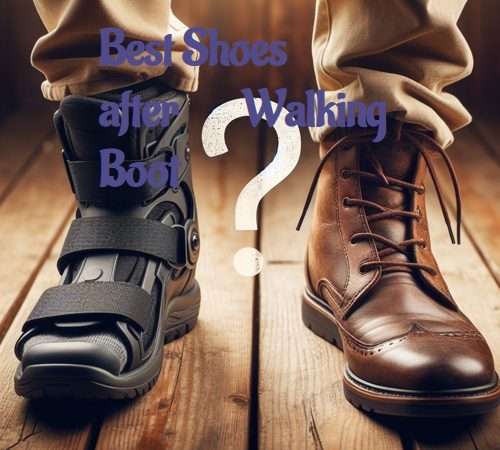

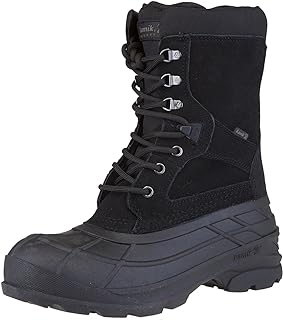


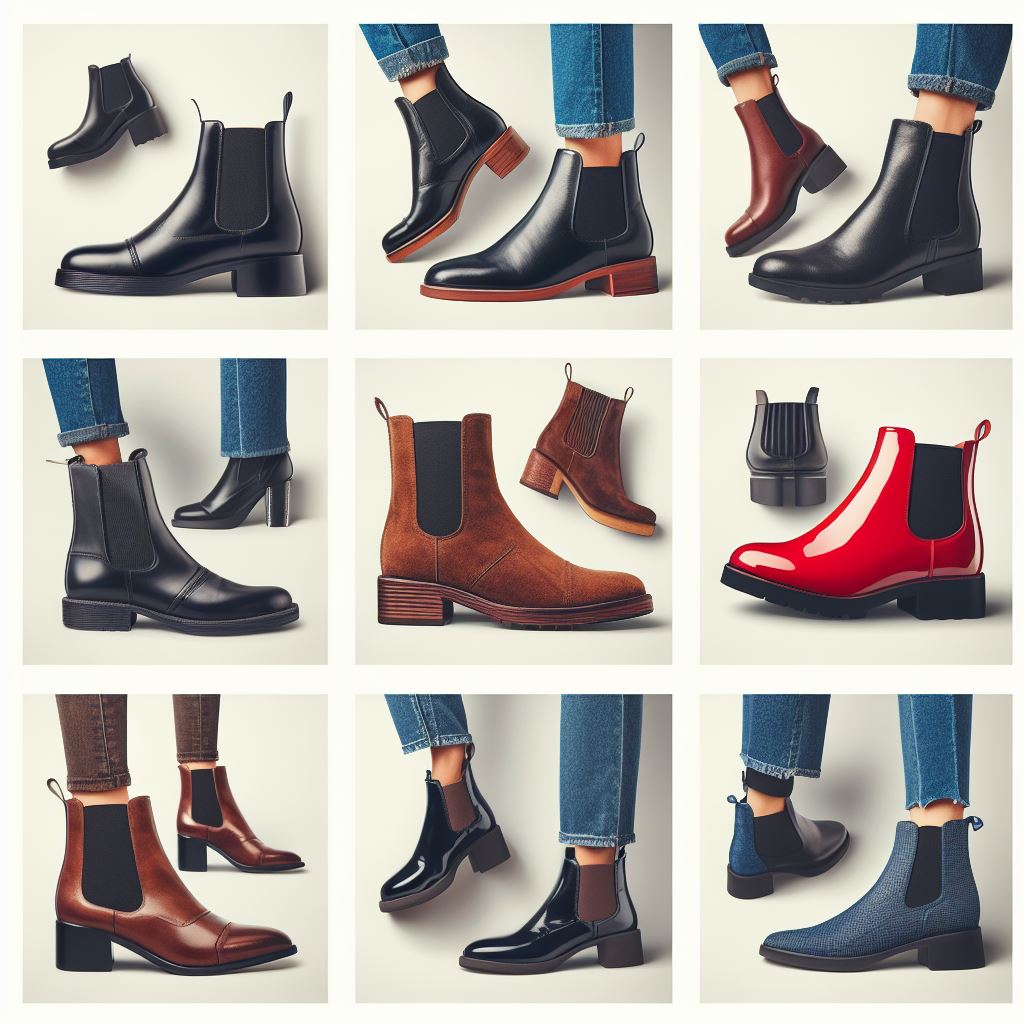
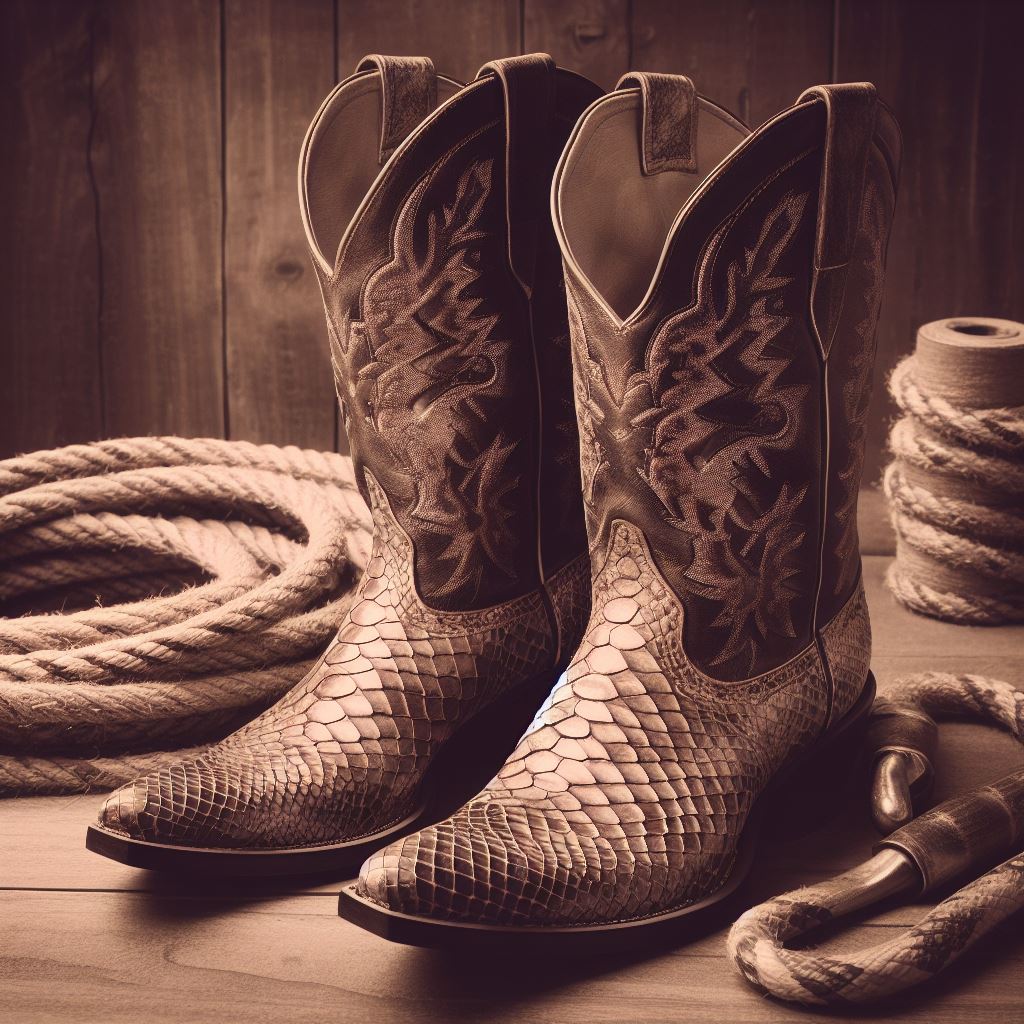
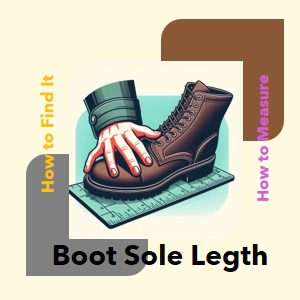
Pingback: Do Columbia Hiking Boots Run Big or Small? A Complete Guide